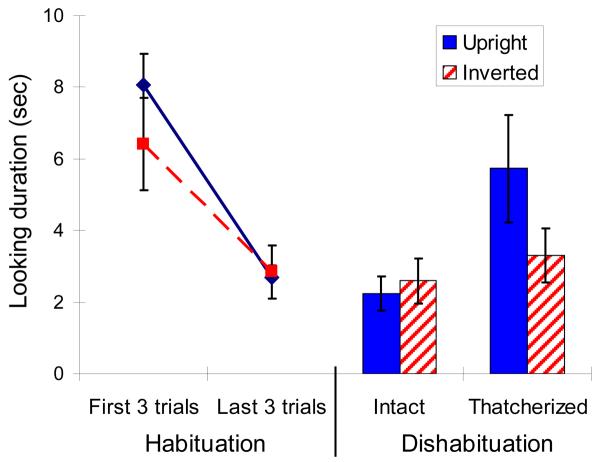Fig. 3. Monkeys look longer at upright than at inverted thatcherized faces.
Mean time spent looking at the monitor in the habituation phase (left side, line graphs) and the dishabituation phase (right side, bar graphs). The upright condition is shown in solid blue; the inverted condition is shown in dashed or hatched red. Error bars are standard error. Looking times were calculated in milliseconds (based on frame by frame analysis of digital video) and then log transformed to approximate normality. Monkeys habituated indistinguishably to upright and inverted faces during the habituation phase (Repeated measures ANOVA: Trial Block, F1,3 = 51.384, p = 0.006; Orientation, F1,3 = 0.976, p = 0.396; Trial Block X Orientation, F1,3 = 4.483, p= 0.125). The Thatcher Effect is evident in the dishabituation phase by the significant interaction between face type (thatcherized or intact) and orientation (Repeated measures ANOVA: Face Type X Orientation, F1,3 = 64.714, p = 0.004; Face Type, F1,3 =12.964, p = 0.037; Orientation, F1,3 = 7.946, p = 0.067). To confirm that the significant Face Type X Orientation interaction was caused by longer looking times for upright thatcherized faces, we conducted two posthoc tests. Monkeys looked significantly longer at upright than inverted thatcherized faces but looked equally long at upright and inverted intact faces (two-tailed paired t-test, thatcherized faces: t3 = 7.167, p = 0.006; intact faces: t3 = 1.227, p = 0.307).

